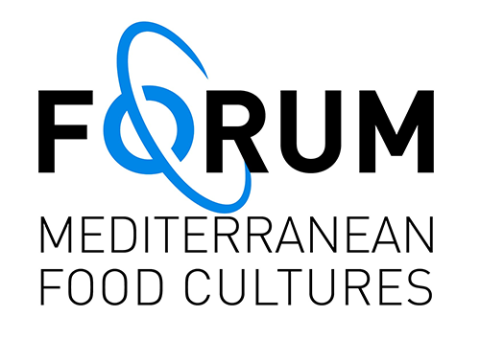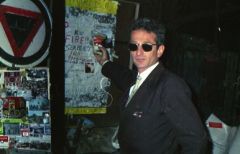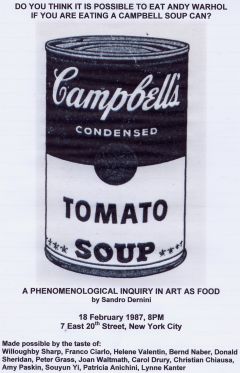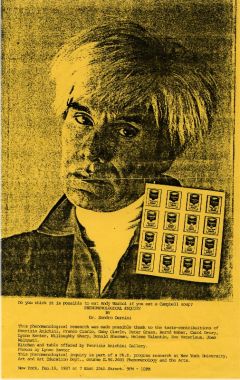Go to content area
Homepage > > PLEXUS INTERNATIONAL FORUM APS - Associazione di Promozione Sociale > Plexus Forum News
Plexus Forum News
12/11/2025
EATING ANDY WARHOL, 23s Blog, 20 november 2025
DO YOU THINK THAT HISTORY STILL HAVE VALUE IN ART NOW?
Over its 40 years, Plexus events have built one upon the other. Each event takes place in its own present, but it is made up of past concepts and activities while it projects its own various parts into the future of Plexus historical work of contemporary art.
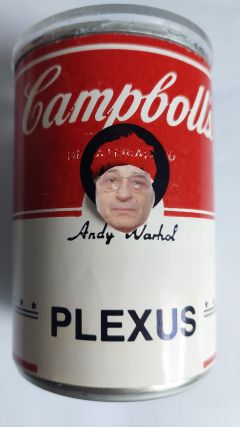
A SHARED RITUAL OF ART
THE DISCOVERY OF THE PLANET
OF PLEXUS INTO A CAMPBOLL'S CAN
"PLEXUS" BY DEFINITION:
Anatomy: a network of intersecting nerves or blood/lymph vessels (e.g., brachial plexus, solar plexus).
General: any complex, interwoven network.
"PLEXUS" FOR DEFINITION:
Anatomy: a network of intersecting nerves or blood/lymph vessels (e.g., brachial plexus, solar plexus).
General: any complex, interwoven network.
PLEXUS EATING ART
INTEROCEPTION
BODY AND MIND ARE IN INTEROCEPTION INVOLVING MANY DIFFERENT physiological systems like the cardiorespiratory system, gastrointestinal system, nociceptive system, endocrine and immune systems
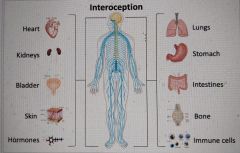
By eating and digesting Andy Warhol dematerialized, this Plexus ritual is an open invitation to reflect on how we consume culture — and how, through sharing, we might restore art’s power to connect, nourish, and change the growing erosion of human rights and the living life with its planetary bounders.
Eating Andy Warhol is a fascinating and provocative performance, to connect with a much wider global audience then current western art market environment.
Eating Andy Warhol it is performance about consumption, creativity, and the price of fame,Warhol’s Legacy to Today’s “Consumption Culture” - exploration of mass production and today’s world of digital consumption.
Eating Andy Warhol — Inside the Plexus Campbell’s Can merges memory and innovation, community and creativity. It bridges the historic avant-garde with today’s participatory art practices, reaffirming Plexus International’s vision of art as a shared, open network of human energy. A collective act where art leaves the gallery to become a shared ritual.
An act where participants symbolically “digest” the art system, fame, and consumer culture.
Plexus transforms the simple act of “eating” into a profound gesture of cultural reflection and collective rebirth iT bridges historical avant-garde performance and today’s global digital culture.
It invites us to digest the myths of modern art and to rediscover art as a communal act of transformation — a process of nourishing, questioning, and reimagining what connects us.
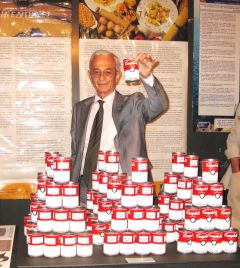
Plexus Campboll’s Can is a Modern Relic a container of shared memory — not of soup, but of cultural digestion.
“art reliquary”, holding the essence of Warhol’s pop myth and Plexus’ collaborative spirit.
A limited editions of cans filled with messages, small art pieces, codes linking to videos of PLEXUS past performances — turning each can into a token of participation.
Each can is a ritual object — a vessel where art, consumption, and community are preserved and reimagined.”
Eating Andy Warhol is not just a performance — it is a shared ritual. Originating within the Plexus International art movement, it transforms the act of consumption into a collective gesture of creative communion.
In this symbolic feast, Andy Warhol — the artist who made consumption a form of art — becomes the metaphorical offering.
Plexus Campboll’s Can is a Modern Relic, a container of shared memory — not of soup, but of cultural digestion -
A limited editions of cans filled with messages, small art pieces, codes linking to videos of PLEXUS past performances — turning each can into a token of participation.
Each can is a ritual object — a vessel where art, consumption, and community are preserved and reimagined.
Eating Andy Warhol is not just a performance — it is a shared ritual. Originating within the Plexus International art movement, it transforms the act of consumption into a collective gesture of creative communion.
In this symbolic feast, Andy Warhol — the artist who made consumption a form of art — becomes the metaphorical offering.
By “eating” art, we dissolve the boundary between creator and audience, between object and experience. Each participant becomes part of a living network of exchange, echoing the Plexus vision of art as an open system of participation.
Today, this ritual invites us to reflect on how we consume culture — and how, through sharing, we might restore art’s power to connect, nourish, and transform for all the growing not sustainable our way of living life with the planetary bounders.
An original intentional contemporary artist attempt , with the ambition to have a long shelf life in contemporary art history.
Eating Andy Warhol it is performance about consumption, creativity, and the price of fame,Warhol’s Legacy to Today’s “Consumption Culture” - exploration of mass production and today’s world of digital consumption.
ARE WE BECOMING CANNIBALS?
Eating Andy Warhol is a fascinating and provocative performance, to connect with a much wider global audience then current western art market environment.
Eating Andy Warhol is a radical moment in art history reborn for the digital age — a performative act that transformed art consumption into a communal experience.
It as Not Just a Performance
Position Eating Andy Warhol as a living dialogue about art, consumerism, and identity — not just a historical avant-garde action.
Plexus’ Collaborative Spirit
Eating Andy Warhol is a participatory art that shifts the focus from the spectacle of the
performance to the
collective symbolic act
that defines it —
the transformation of art
into a participatory,
communal experience
WHO IS THE OBJECT AND WHO IS THE SUBJECT?
ARE WE BECOMING CANNIBALS?
Eating Andy Warhol poses today the question: what happens when the art object and the artist merge into one edible idea?”
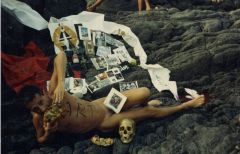
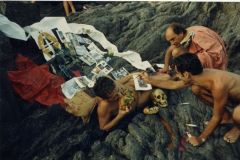
Eating Art performance by Sandro Dernini, with Andrea Portas and Antonio Caboni, Carloforte, Sardinia, 1988
Eating Andy Warhol is a ritual of connection, a metaphoric communion — an act where participants symbolically “digest” the art system, fame, and consumer culture, a collective rite of creative renewal, where art is not consumed individually but shared as nourishment.
To eat Andy Warhol is to share in the myth of art, to transform the icon into nourishment for a new collective creativity.

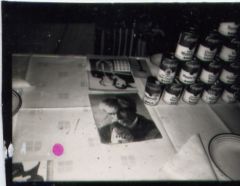
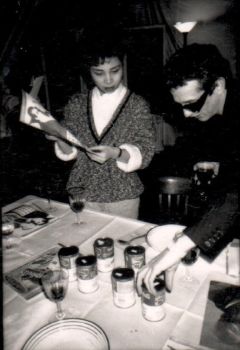
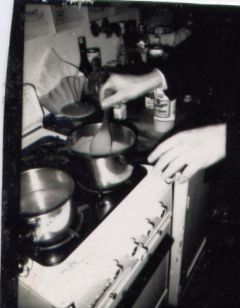
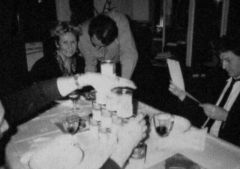
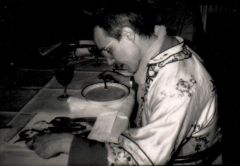
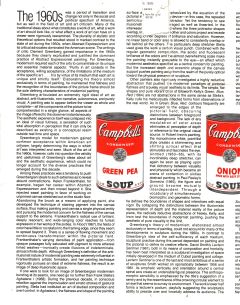
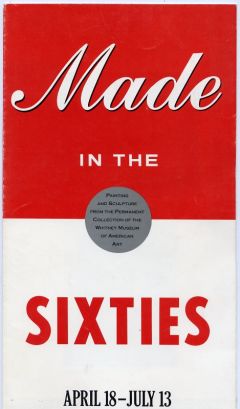
When art becomes food: Eating Andy Warhol — a performance about consumption, creativity, and the price of fame. not just a 1980s art happening.
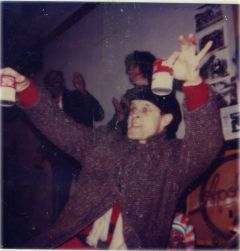
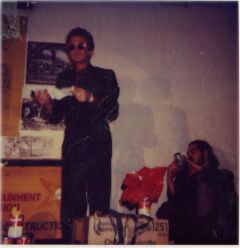
DEMATERIALIZATION OF ART AND REMATERIALIZATION OF REALITY
EATING ANDY WARHOL
A SHARED RITUAL OF ART
PLEXUS transforms the act of consumption into a collective gesture of creative communion.
In this symbolic feast, Andy Warhol — the artist who made consumption a form of art — becomes the metaphorical offering. By “eating” art, PLEXUS dissolve the boundary between creator and audience, between object and experience. Each participant becomes part of a living network of exchange, echoing the Plexus vision of art as an open system of participation.


